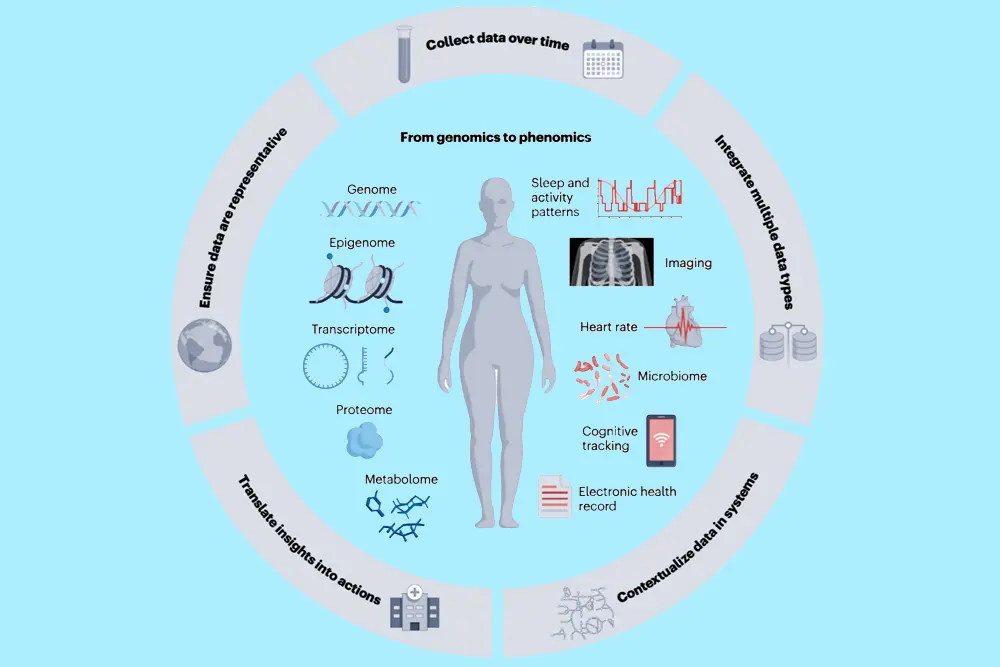Authors: Dr. Paul (Apostolos Psychogios), Kalliopi Trachana
Introduction
Ten million children in the US are affected by a rare disease placing genomics in the essential toolkit for precision care. The American College of Medical Genetics and Genomics (ACMG) recommends genome sequencing (GS) testing as an effective strategy in comparison with traditional single or multi-gene testing in patients with 1) a strong family history of a likely unknown genetic disorder or otherwise unspecified phenotype, 2) known but heterogeneous disorder, and 3) in affected patients with previously non-conclusive genetic results. At Dayton Children's Hospital Genetics, we plan to develop an ambulatory GS-enabled program aiming to an earliest as possible diagnosis, precise care, and prevention of disease in children and adults. We hope that this effort will eventually help us to pave the way for an enterprise-wide learning population health center of excellence in our region.
Methods
One hundred forty children and adults were evaluated by a single provider at a general genetic clinic and consented to have Genome Sequencing (GS) or Exome Sequencing (ES) as a first diagnostic test in almost all cases (98%) at the first encounter. Pre-test detailed genetic counseling was provided to the patients/families by the ordering provider with emphasis on the possibility of identification of a positive (P/LP) result by GS causing or associated with an unknown condition at present. Most of the patients were female (56%). Eighty-one patients had GS, and 59 patients had ES (34 reports pending) mainly proband only. Reasons for referral were complex birth defects, congenital anomalies, syndromic appearance (unusual morphological features), Autism-spectrum disorder, developmental delay, developmental regression, intellectual or cognitive disorder, seizures, neuromuscular problems, abnormal muscle tone, growth problems, connective tissue disorders, complex arrhythmias, vascular problems, aneurysms, unknown diagnosis of complex conditions, medical odyssey, and family planning. All patients agreed with the GS test in an agnostic diagnostic approach.
Results
GS: Primary pathogenic (P) and likely pathogenic (LP) gene variants 35%, independently of primary phenotype (other) P and LP 34%. In total 69%.
ES: Primary pathogenic (P) and likely pathogenic (LP) gene variants 20%, independently of primary phenotype (other) P and LP 4%. In total 24% that we expect to increase because of the significant number of pending reports.
ACMG secondary variants with ES/GS: 4%.
Conclusion
In this small mixed group of patients, we were able to identify a significant P/LP in 71% of the total patients who had GS as a first test. Of great interest to us, almost 50% of the identified P/LP variants were not associated with the initial clinical presentation. Post-test detailed genetic counseling, precise and tailored management recommendations were provided to the patients and their primary care providers. The early identification of the non-primary phenotype associated P/LP results helped us to diagnose the patients, offer change in current care, coordinate prenatal genetic services, and in a few cases prevent future morbidity. Larger studies are needed to evaluate the potential clinical use of GS in an agnostic approach in the daily routine care.




